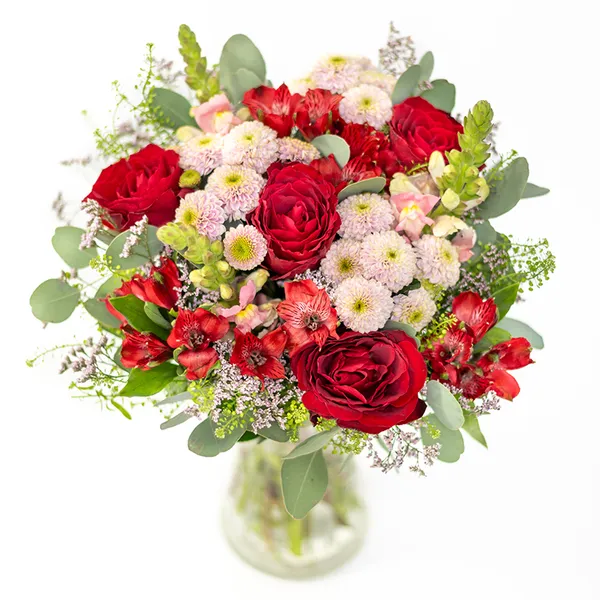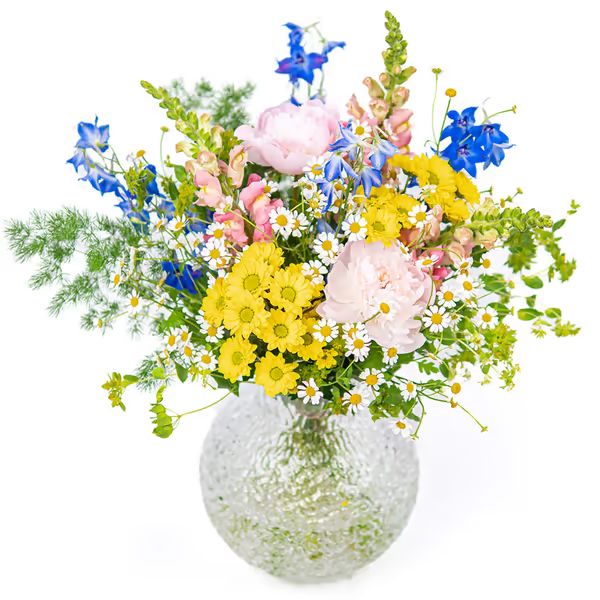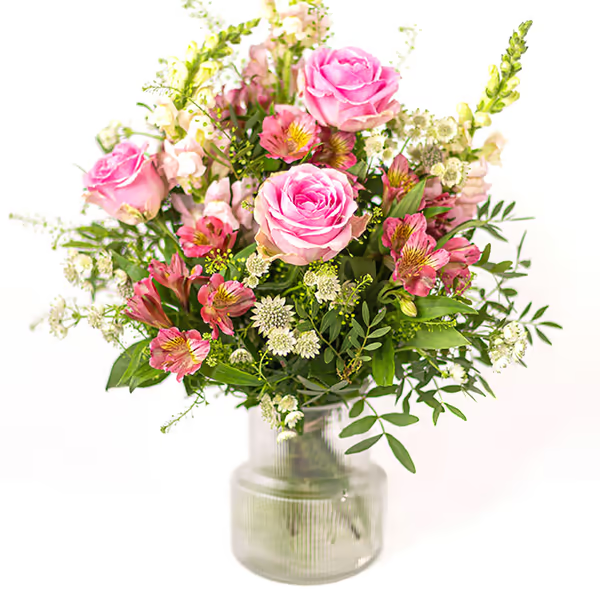St John's Wort: The Sunny Herb of Light and Protection
St John’s Wort, or Hypericum, is a sunny, golden-yellow flower known for its medicinal properties, radiant blooms, and symbolic association with light and healing. Its name derives from St John the Baptist, whose feast day falls near the summer solstice—when the plant is traditionally in full bloom. Native to Europe and Asia, this low-maintenance perennial is commonly used in herbal medicine, garden beds, and floral design (especially its berries). It symbolises protection, courage, hope, and resilience.
COMMON NAME
St John's Wort
BOTANICAL NAME
Hypericum perforatum (wild type), Hypericum androsaemum, etc.
ORIGIN
Europe, Western Asia
PEOPLE ALSO CALL IT
Hypericum, Goatweed, Chase-devil, Tipton's Weed
FLOWERING TIME
June to August
ASPECT
Full sun to partial shade, well-drained soil
SYMBOLISM
Protection, healing, resilience, light, courage
Care Tips for Pistachio in the Garden or Pot
Light: Thrives in full sun, but tolerates partial shade.
Soil: Prefers well-drained, slightly sandy soil; avoid overly rich or soggy sites.
Watering: Water regularly in dry spells, but established plants are drought-tolerant.
Fertilisation: Not usually needed; too much nitrogen reduces flowering.
Pruning: Cut back hard in early spring to maintain compact growth and encourage new stems.
Spacing: Allow 30–60 cm between plants, depending on variety.
Pests/Disease: Generally low-maintenance; may be mildly invasive in some areas.
Symbolism & Meaning
St John’s Wort symbolises light overcoming darkness. Traditionally used to ward off evil spirits and sadness, it has long been linked to mental well-being, protection, and courage. The bright yellow flowers are often seen as a beacon of hope, and the plant itself, harvested during midsummer, marks a turning point toward healing and inner strength.
Types of St John's Wort
Hypericum perforatum – The wild type, most commonly used in herbal remedies.
Hypericum androsaemum – Known for its striking berries in red, green, or black; popular in floristry.
Hypericum calycinum – Low-growing with large golden flowers; often used as groundcover.
Hypericum hidcoteense ‘Hidcote’ – Compact, floriferous variety with long bloom time.
Hypericum inodorum – Berry-producing, used ornamentally in modern floral arrangements.
Frequently Asked Questions About St John's Wort
St. John’s Wort is known for its mood-lifting and calming properties. It’s commonly used to treat mild to moderate depression, anxiety, and nervous restlessness. The active compounds (like hypericin) influence neurotransmitters in the brain. However, it can interact with medications, so consult a doctor before using it regularly.
St. John’s Wort grows in sunny, dry, and nutrient-poor soils, often found on meadows, roadsides, embankments, and hillsides across Europe. It prefers full sun and can thrive in gardens with poor soil, making it ideal for wildflower meadows.
St. John’s Wort is a bushy, upright herb about 30–80 cm tall. It has small, oval green leaves that appear dotted when held to the light (tiny oil glands). The bright yellow flowers, with five petals and many stamens, bloom in clusters from June to August.



